This page will go over the culture of the Democratic People's Republic of Korea,
while there are similarities with the Republic of Korea, as we share a heritage, there are still unique differences,
in particular their never ending capitalist greed and lust for commodities on the back of the Working Class.
Art and Literature
Korean Art dates back all the way to the Stone Age, however the more... relevant.. past art is that of the Joseon Dynasty, which began to move towards increased realism.
This would culminate in the move away from traditional Chinese styles of idealized general landscapes, to particular locations exactly rendered.
This was then reinforced as the collapse of the Ming Dynasty in China would lead to a flourishing of Korean genres such as 책거리, which revealed the fascination with books in Korean culture.
During this period, there was the formation of Korean folk art known as 민화, which embodies the spirit and lives of the workers of Korea.
In the modern period however, DPRK art followed suit with most of the socialist world, generally producing works in the aesthetic of socialist realism.
Our style combines Soviet and Japanese visual expression, and all artists in our nation are required to join the Artist's Union, with the best among them being gifted the honour to portray the Leaders.
Mansudae Art Studio was established in 1959 and has ever since, dominated most aspects of art in our country, with it being the biggest art factory in the world!
They also take on Art Projects around the World such as the ongoing designing and construction of Heroes' Acre in Namibia, and sell their art to international collectors.

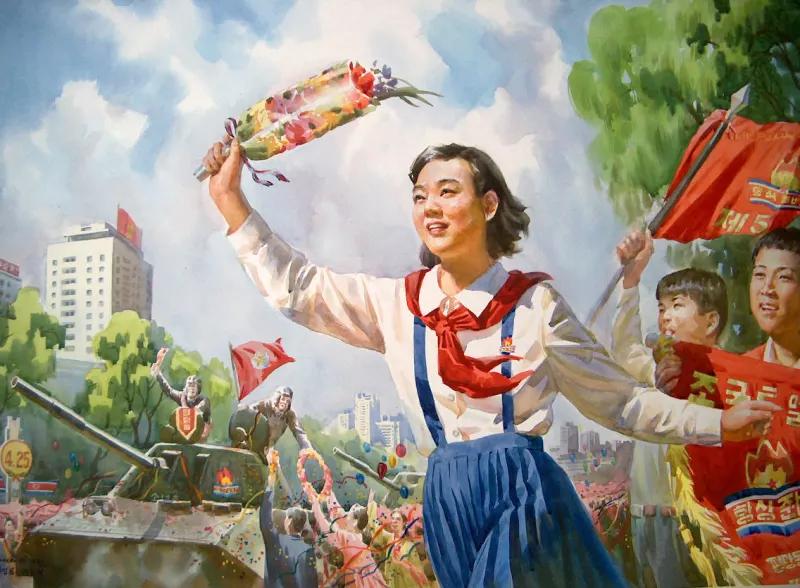
All publishing houses in our nation are owned by the workers through the government or the WPK as they are important tools for agitprop, something we learned from the Soviet Union.
The Worker's Party of Korea Publishing House is our most central authority on publishing materials, and publishes all works of Kim Il sung, Ideological education materials, and Party Policy Documents.
While we do limit foreign materials, for reasons of National Security and to protect our culture from Capitalism, we do still publish our own editions of international folk tales,
works of Shakespeare, works of Bertolt Brecht and Erich Kastner, as well as the Harry Potter series
Sci-fi is also a popular genre within the DPRK with more liberties taken by authors, and the opportunity to exemplify the Juche concept of anthropocentric existence.

.jpg)
Music and Media
Our nations emphasis is on optimistic folk-based tunes and revolutionary music when it comes to our music tastes as a nation, however classical orchestral pieces based on 창극 is still widely popular.
While western styles of music were deeply unpopular for most of Kim Il Sung's leadership, in around the 1980s pop music began to make an appearance,
and as "K-pop" continues to grow in popularity in the Republic of Korea, it appears to be gaining popularity amongst our youth also.
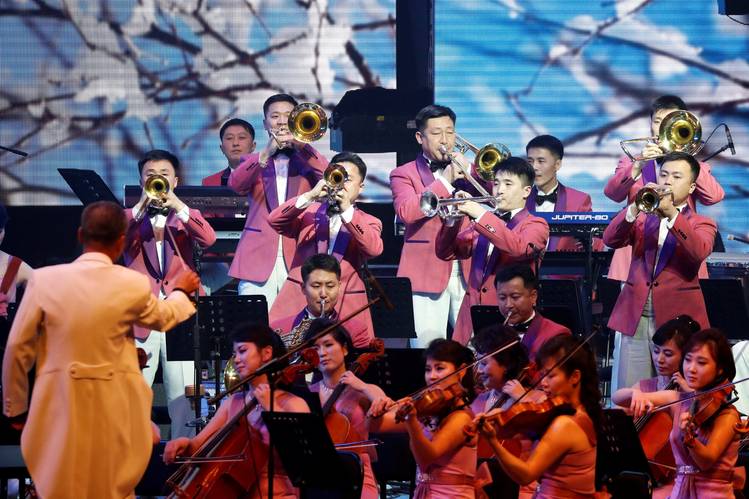
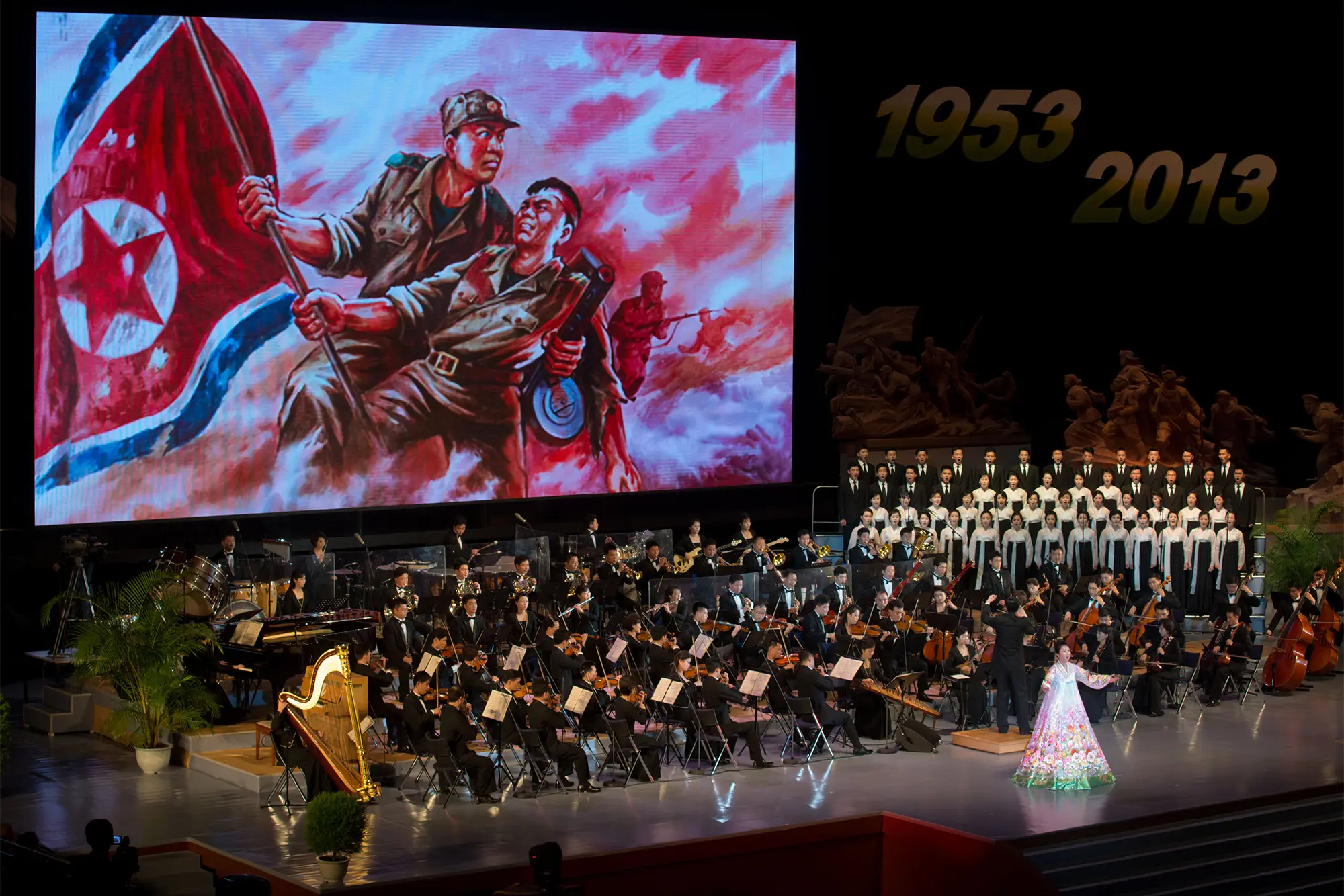
Our Film industry is also, much like literature, worker run through the government, with many of our films focusing on historic events or folk tales, however western media
is rather broadly restricted to educational purposes only, as the decadent lessons that Capitalism teaches are most prevelant in their Hollywood productions.
Our news sources are also closely fact checked, ensuring top quality and maximum truth reporting is provided for our people, with our main provider being that of Korean Central News Agency.
Korean Central Television airs every day in the evenings
Animation is also a strong focus of ours, with the Korean 4.26 Children's Film Studio being our main source for such productions, and they also work on foreign productions,
however by far, their most popular product is 다람이와 고슴도치 (Squirrel and Hedgehog) which teaches children about love, friendship and patriotism.
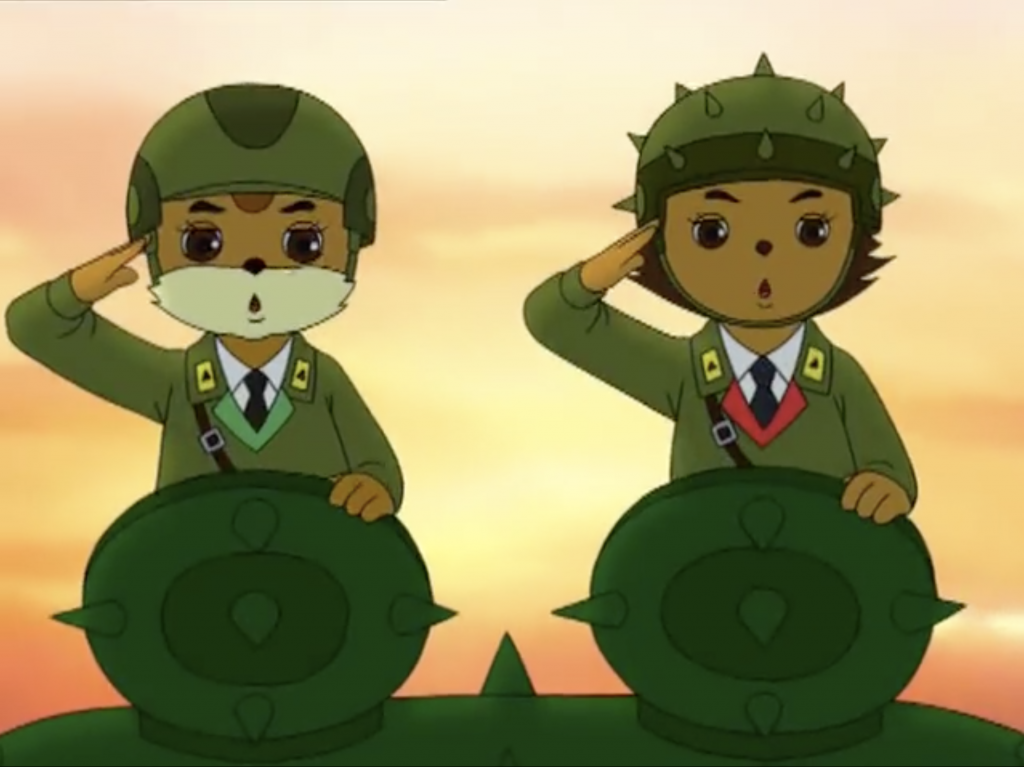
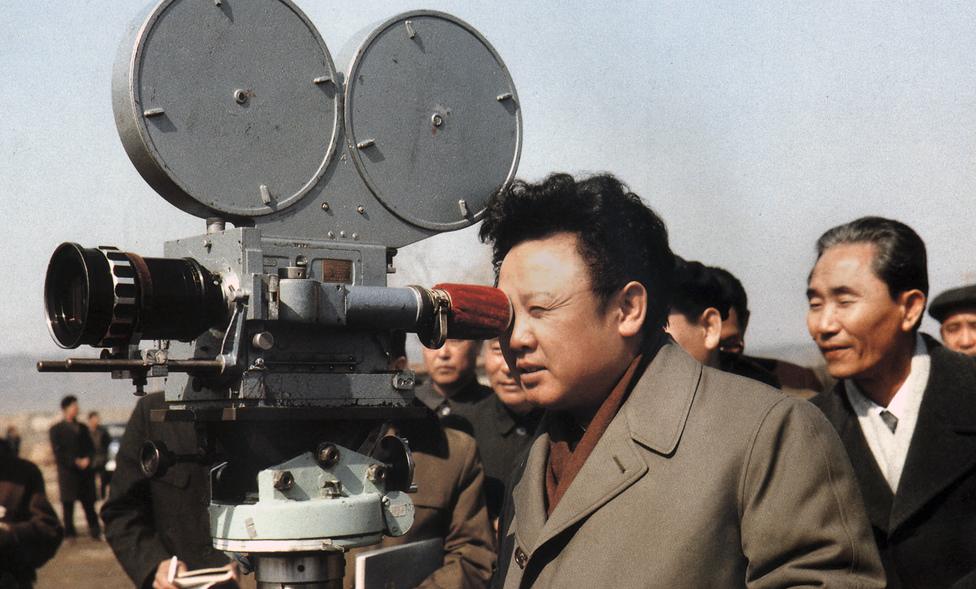
Demographics
Our nation is ethnically hemogenous, with a few small Chinese and Japanese communities, sitting at 23.5 million people.
For many years our population was rapidly growing, however due to the Famine that recently ended, the population growth has rapidly declined and our predictions are this is not likely to change soon.
Pyongyang is by far our largest city however it is by far not the only one in North Korea, with Hamhung and Chongjin as just a couple examples of other thriving urban centers.
Although some dialectal differences exist between ourselves and the south, we both speak the same language and use the same written language as developed under Sejong the Great.
Our Glorious Republic is an athiest state, however under Article 68 we do indeed guarantee freedom of religion.
While the vast majority (around 70%) of our population are irreligious, a significant proportion practice Chondoism and Korean Shamanism,
with buddhism, christianity, and islam being very uncommon and yet still present, with Christians in particular growing significantly.
FUN FACT - Kang Pan-sok, mother to our Great Leader Kim Il Sung, was a Presbyterian herself, showing the Mount Paektu Bloodline is a diverse and strong one.
.jpg)
.jpg)
